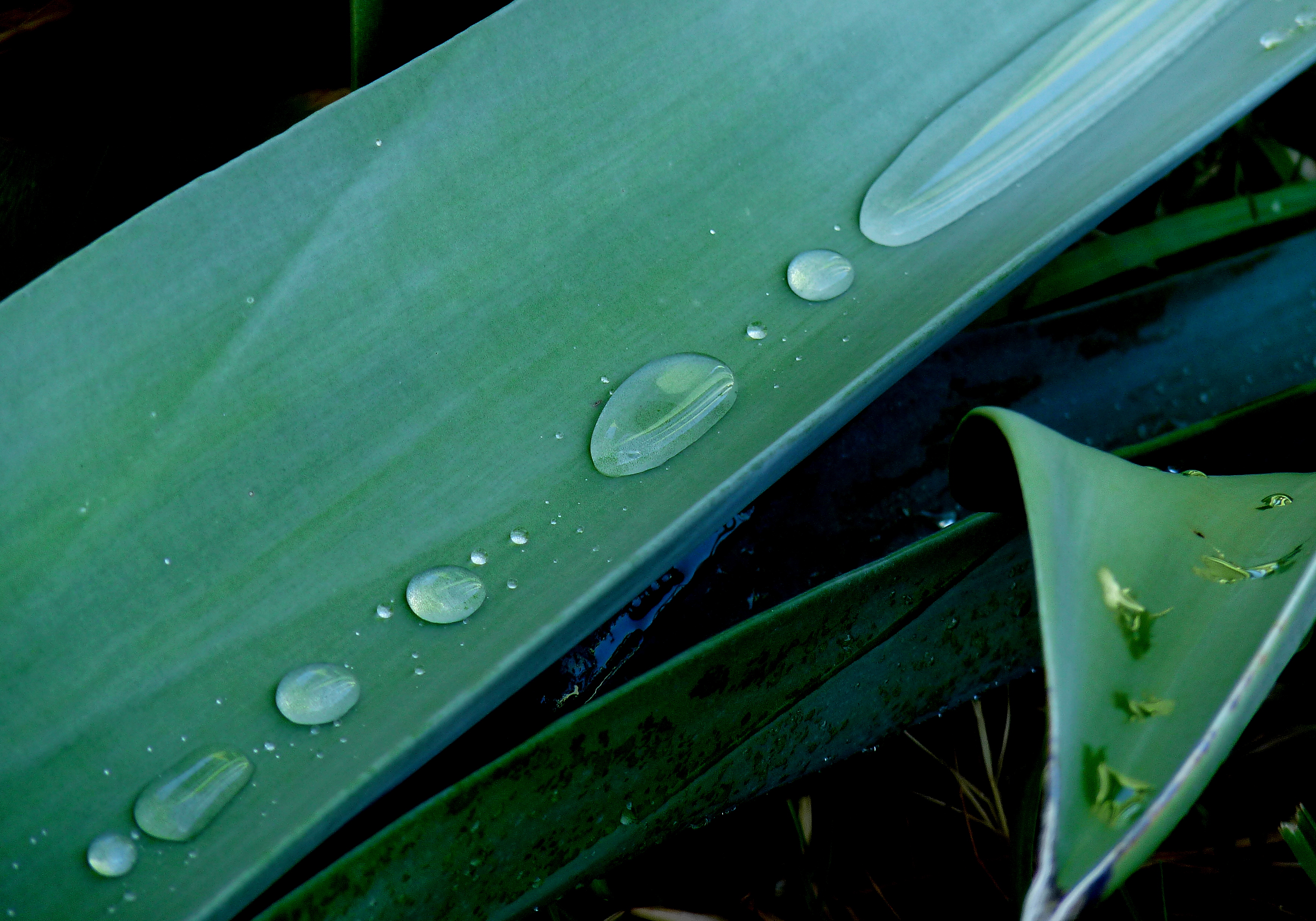Surface Tension Calculator
Welcome to the surface tension calculator, a tool created to know the surface tension of bodies of liquid with different geometries. You can use it for the following purposes:
- Calculate the surface tension in flat liquid surfaces in terms of their length and external force applied;
- Calculate the surface tension in droplets, bubbles, and jets in terms of their diameter and the pressure inside them;
- Calculate the pressure inside those shapes in terms of their surface tension and geometry; and
- Many more!
If you still don't know what surface tension is or the formulas for its calculation, keep reading this article to discover it.
What is surface tension?
Surface tension is the property of liquids to shrink and take the minimum surface area possible in the absence of external forces. It is owed to the liquid cohesive forces of the molecules formed by its atoms, and causes liquid surfaces to behave like a membrane that prevents objects from submerging, even if they are denser than the liquid.

Surface tension is an intensive property that depends on the type of liquid and its temperature. It has dimensions of force per unit length (i.e., N/m) and manifests that way: a tension force exerted by a length of liquid. The symbols and are usually used to represent surface tension.
Tendency to the minimum surface area
With the aim of achieving the minimum surface area possible, liquids tend to stick to other surfaces, either solid or liquid.
For example, in the following image, the sticking tendency of the water drop to the leaf prevents it from slipping and increasing its surface area.

Another manifestation of the tendency to the minimum area is the coalescence of liquids, a phenomenon by which two or more identical substances (i.e., droplets) tend to merge, forming a new one of less surface area.
💡 A sphere will always have a lower surface area than two spheres arising from it, as a (single) sphere is the geometric figure with the minimum surface-area-to-volume ratio possible.
Surface tension formulas
Surface tension is a property that we can relate to the forces or pressures acting in the liquid, considering the geometry of the liquid body.
Rectangular flat liquid membrane
The most fundamental case is a rectangular flat liquid membrane in a frame with height , in which the right side of the frame is free to move.
The membrane will tend to shrink thanks to the surface tension, which exerts a force equal to . As the membrane has two surfaces, the total force it exerts equals and has to be balanced with the external force . As a result, the surface tension equation for the flat rectangular membrane above is:
Hollow bubble
Through a force balance, we can also relate the surface tension in a bubble to its diameter () and the positive pressure () inside it:

Droplet
For a droplet, we calculate surface tension similarly, but the equation varies slightly as the surface tension only acts on the outer surface and not inside:

You can look at the derivation of the bubble and droplet surface tension equations on the .
Liquid jet
With the following equation, surface tension can also be related to the pressure inside a jet:
Concluding remarks about the equations
As mentioned before, surface tension is an intensive property, so we usually know its value in advance and use the previous formulas to obtain the pressure instead. If the surface tension is unknown, the equations above can serve to get it by using experimental techniques that measure the small pressure increments r forces caused by surface tension.